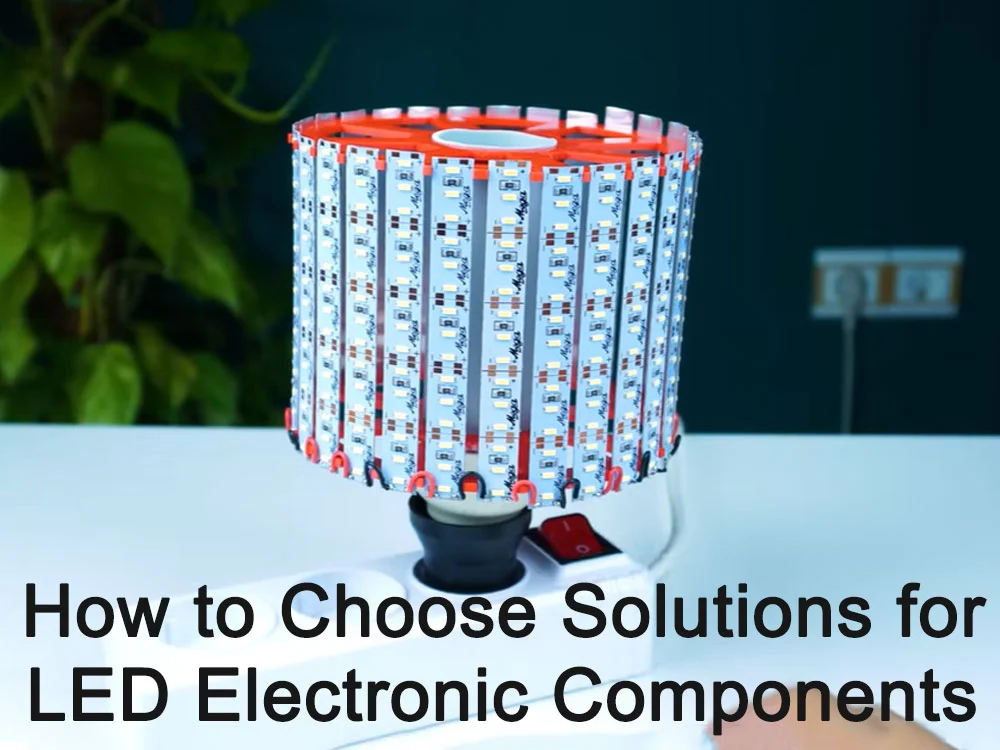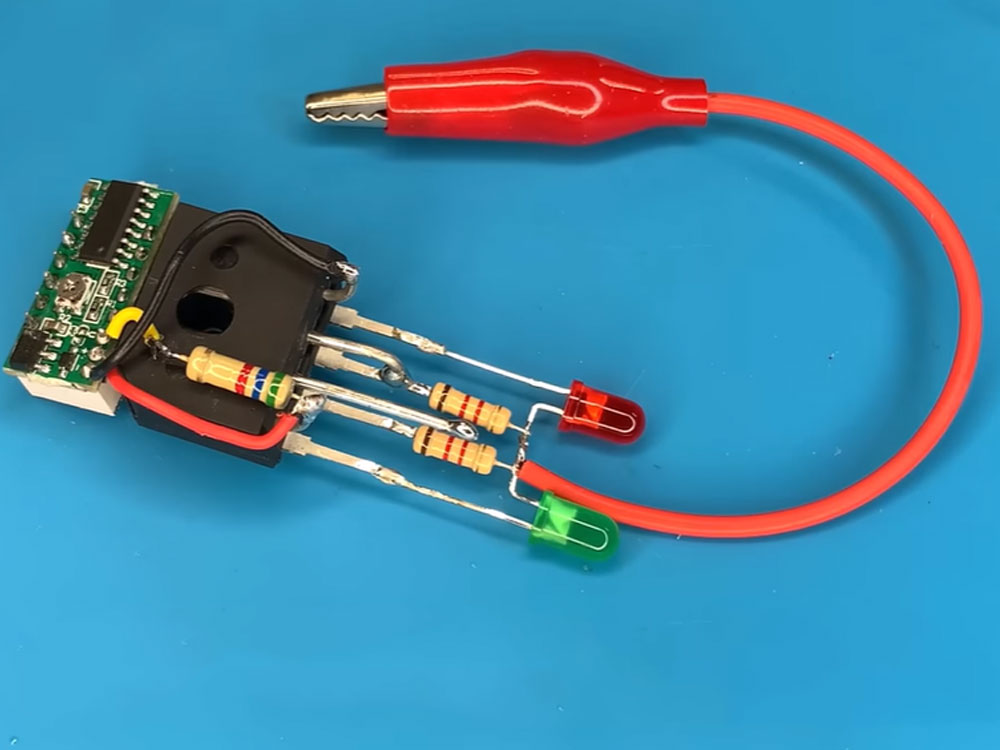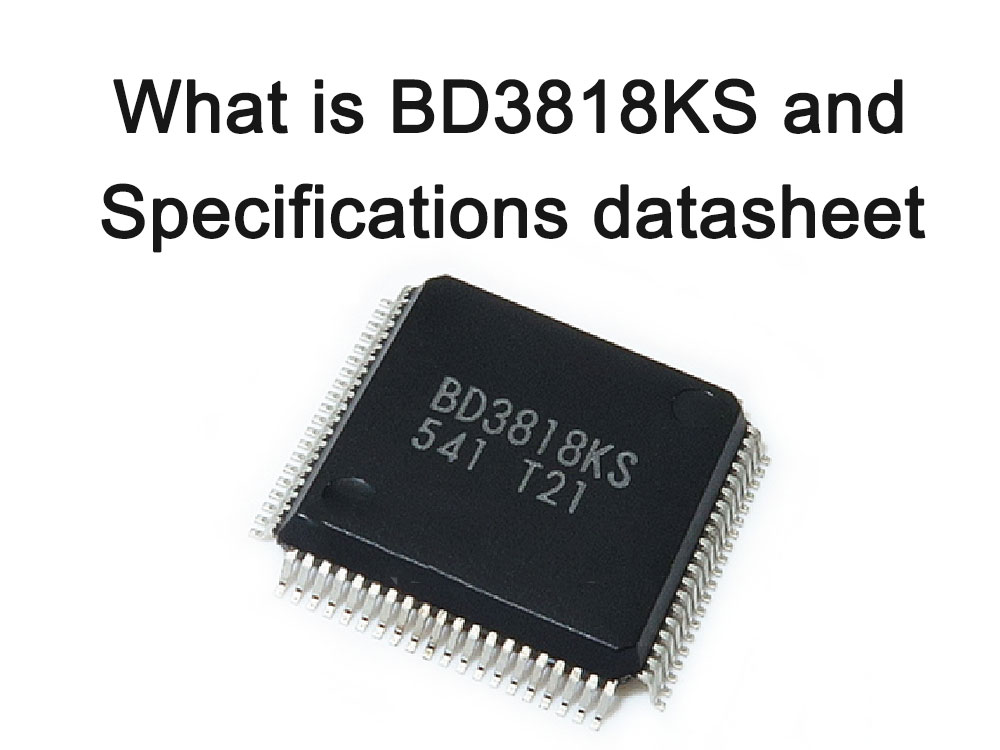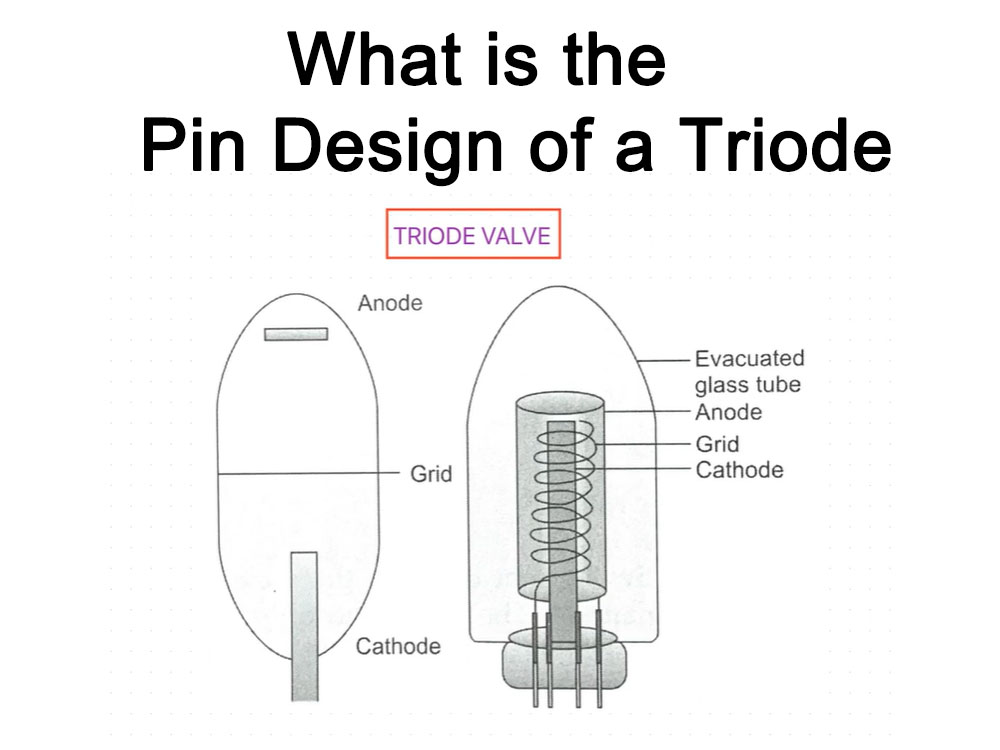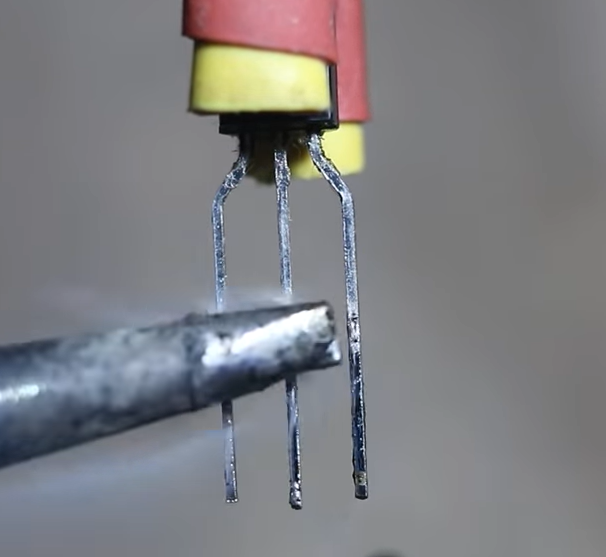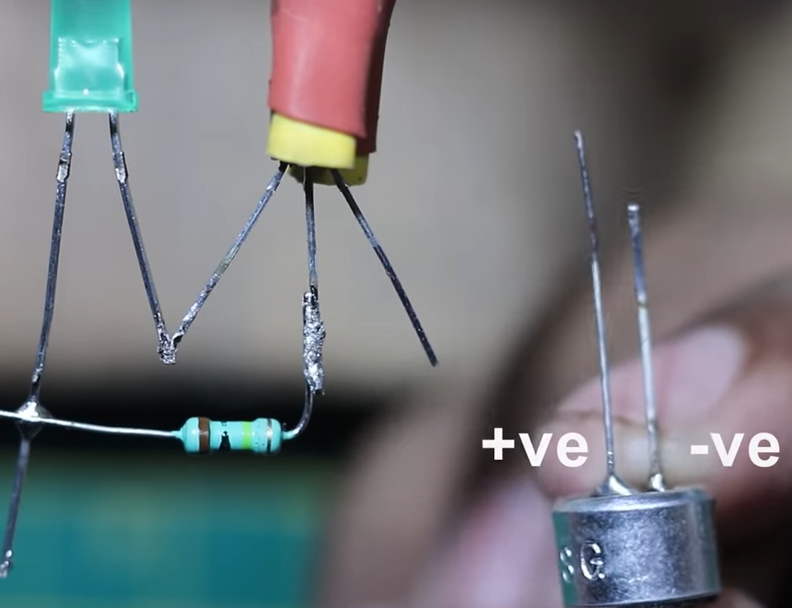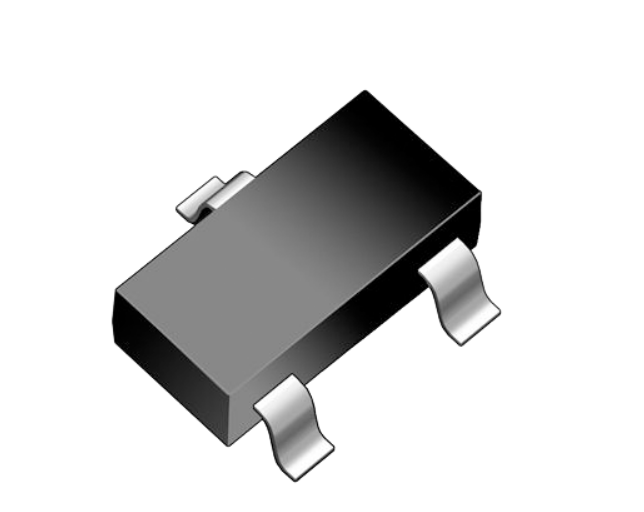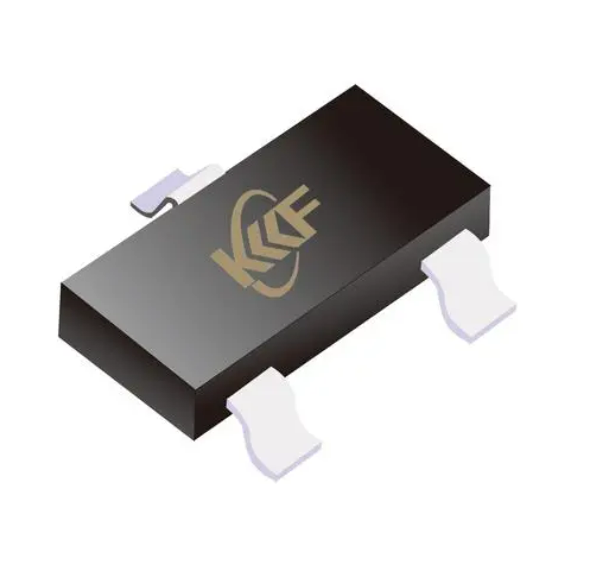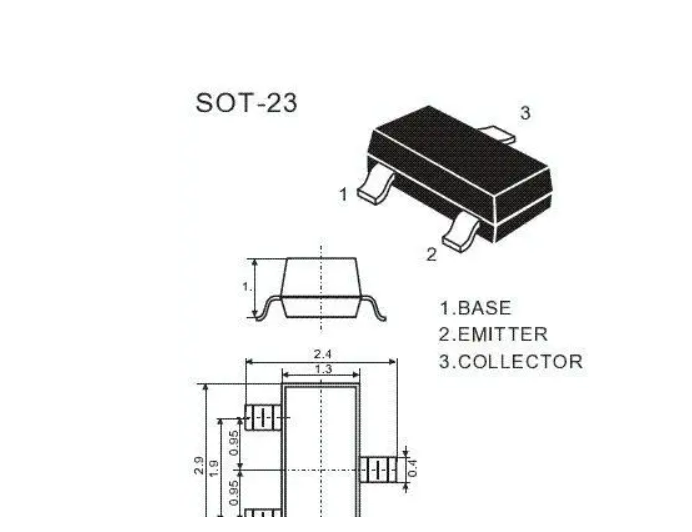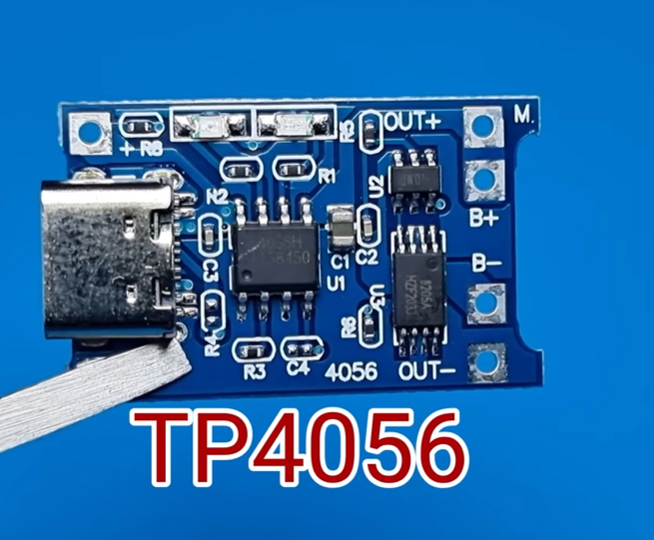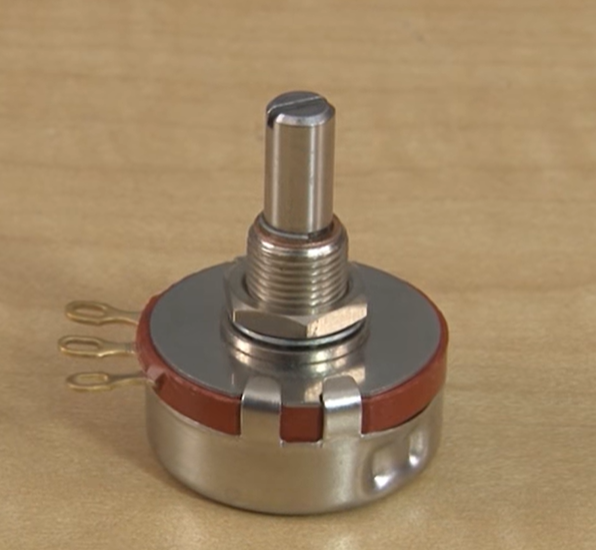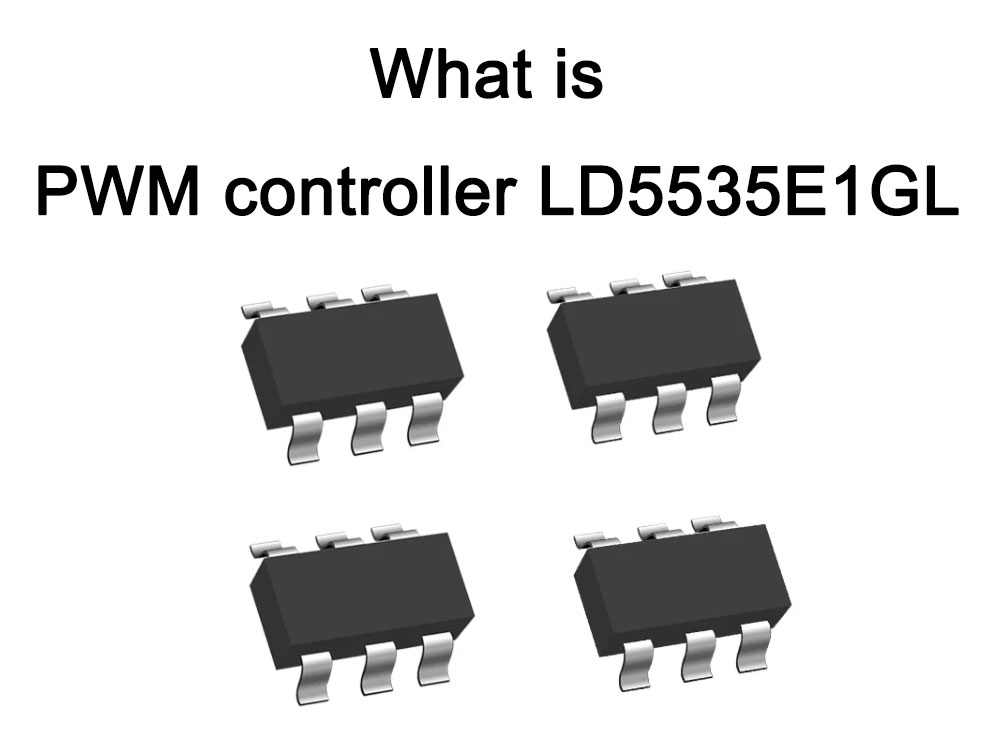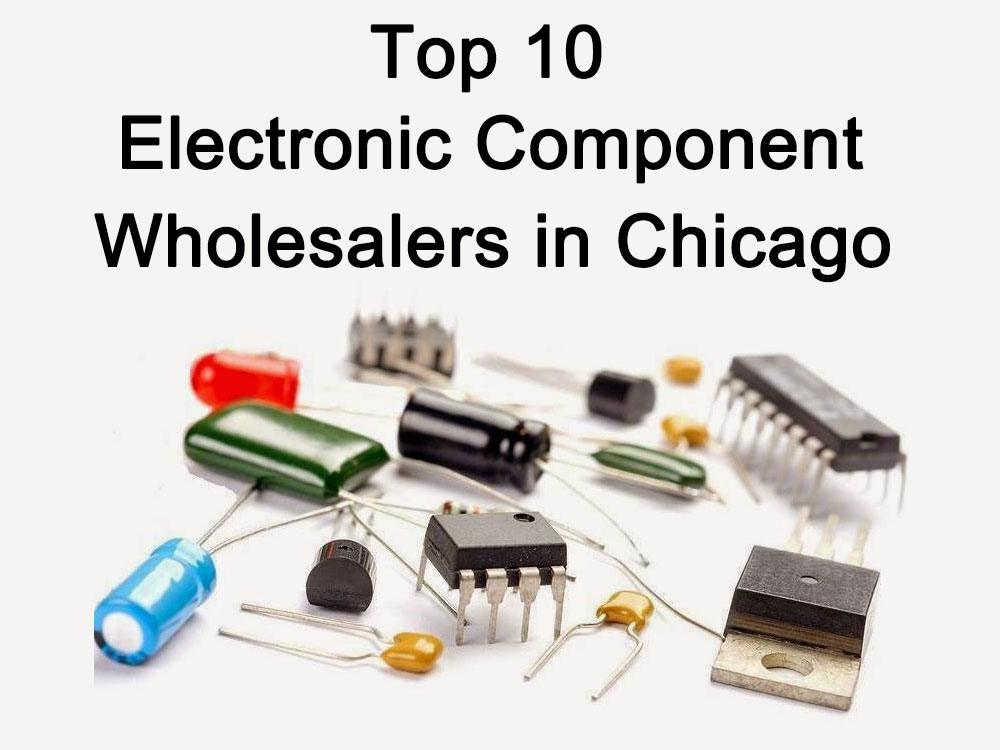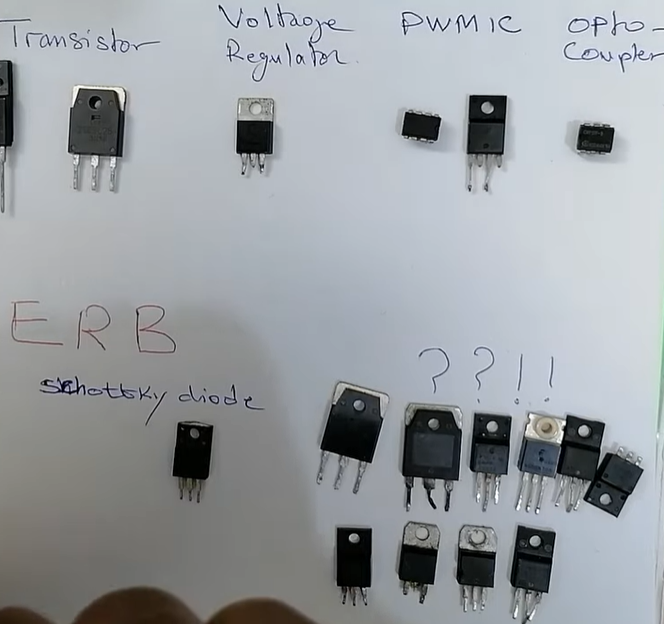Purchasing solutions for LED electronic components requires consideration from many aspects, including demand analysis, supplier selection, quality assurance, price comparison, technical support and after-sales service, etc.
The following is a detailed introduction:
Component procurement demand analysis
Before purchasing LED electronic components, you must first clarify the specifications and performance parameters of the desired product, such as voltage, current, power, color, and size.
At the same time, the application scenarios of LEDs need to be considered, such as lighting, display, instructions, etc. Different application scenarios have different performance requirements for LEDs.

Electronic component supplier selection
In terms of supplier selection, it is necessary to consider the supplier’s size, strength, quality assurance, price and service.
You can filter through online inquiries, industry recommendations, etc., and select several suppliers that meet your needs for comparison.
Generally, there are suppliers or wholesalers of electronic components, agents and manufacturers of well-known electronic component brands; you can contact these different types of companies as needed.
Products generally available from electronic component suppliers include fixed resistors, variable resistors, potentiometers, chip capacitors, electrolytic capacitors, ceramic capacitors, mica capacitors, fixed inductors, variable inductors, coils, power transformers, Audio transformers, isolation transformers, electromagnetic relays, time relays, temperature relays, silicon rectifier diodes, transistors and thyristors, analog integrated circuits, chip resistors, digital integrated circuits, microprocessors, temperature sensors, humidity sensors, light sensors , pressure sensor, button switch, travel switch, toggle switch, resistor network, frequency component, infrared component, solar cell, crystal oscillator component.
Of course, you can also contact us, we provide electronic component products from world-renowned brands.
Quality Assurance
Quality assurance is one of the important considerations when purchasing LED electronic components. You need to understand the supplier’s quality control system, product testing standards and processes, etc., and you can ask the supplier to provide relevant quality certification documents and test reports.
Electronic components price comparison
Price comparison is another important consideration when purchasing LED electronic components. It is necessary to understand the price differences between different suppliers and analyze their rationality. At the same time, suppliers can be asked to provide quotation details to better understand product costs.
Technical Support

Technical support is one of the important considerations when purchasing LED electronic components. It is necessary to understand whether the supplier can provide technical support and solutions, as well as its technical strength and service level.
During the purchase process, you can ask the supplier for technical questions to better understand its technical support capabilities.
After-sales service
After-sales service is one of the important considerations when purchasing LED electronic components. It is necessary to understand the supplier’s after-sales service policy, maintenance and return and exchange regulations, so that you can receive timely and effective service support when needed.
To sum up, when purchasing LED electronic components, you need to comprehensively consider many aspects and choose a solution that meets your needs.
During the purchase process, you need to pay attention to quality assurance, price comparison, technical support and after-sales service, etc., so that you can choose the appropriate LED electronic components and ensure their performance and reliability.
Certification requirements
When selecting LED electronic components, you need to consider whether they comply with relevant certification standards, such as CE, RoHS, UL, etc. These certification standards have strict requirements on product safety performance, environmental performance and other aspects. Choosing products that meet certification standards can ensure their quality and reliability.
Delivery date guaranteed
For customers who need to purchase LED electronic components in large quantities, they need to consider the supplier’s delivery guarantee capabilities. Choosing suppliers with stable supply and fast delivery capabilities can ensure the smooth progress of production and avoid production delays caused by shortages.
Packing and shipping

LED electronic components require special attention during transportation because they are relatively fragile. It is necessary to consider whether the supplier can provide appropriate packaging and transportation services to ensure that the product is not damaged during transportation.
Long-term cooperation
For customers who need to purchase LED electronic components for a long time, they can consider establishing long-term cooperative relationships with suppliers.
By establishing long-term cooperative relationships, you can get more discounts and support, while also ensuring the stability of the supply chain.
To sum up, when purchasing LED electronic components, you need to comprehensively consider many aspects and choose a solution that meets your needs.
During the purchase process, you need to pay attention to aspects such as quality assurance, price comparison, technical support and after-sales service.
You also need to consider factors such as certification requirements, delivery guarantee, packaging, transportation and long-term cooperation.
By comprehensively considering these factors, you can ensure the purchase of suitable LED electronic components and ensure their performance and reliability.
LED electronic components FAQs
When determining LED specifications, parameters such as required luminous flux, color, voltage, current and operating temperature need to be considered. In addition, factors such as the LED packaging form, size and shape also need to be considered to ensure that it is suitable for specific application scenarios.
When evaluating the quality of LED suppliers, you can examine whether they have passed ISO9001 certification, as well as the quality, reliability and stability of their products. In addition, you can also learn about the supplier’s reputation and service level by communicating with other users or professionals in the industry.
When comparing prices from different suppliers, factors such as product quality, reliability and after-sales service need to be taken into consideration. Suppliers should not be selected based solely on price, but multiple factors should be considered comprehensively to select the supplier with the highest price/performance ratio.
The brightness of an LED depends on several factors, such as current, voltage, and wavelength. Generally speaking, the higher the brightness of an LED, the greater its current and voltage. Therefore, when selecting LEDs, the current and voltage need to be adjusted according to actual needs to achieve the required brightness.
Choosing the right driver requires consideration of several factors, such as input voltage, output voltage, and current. At the same time, the efficiency, stability and safety of the drive also need to be considered. When selecting a drive, refer to the vendor’s recommendations to ensure it is suitable for your specific application.
Testing the performance of LEDs mainly includes the measurement of parameters such as brightness, color temperature, lighting angle, voltage and current. Users can purchase specialized LED testers to perform these tests. During the testing process, attention needs to be paid to the consistency of the testing environment to ensure the accuracy of the test results.
The life of an LED depends on several factors, such as current, temperature and material. In order to extend the life of the LED, it is necessary to ensure that it works at the appropriate current and temperature, and at the same time choose good quality materials. In addition, reasonable heat dissipation design and regular cleaning can also extend the life of LEDs.
Choosing a suitable LED heat sink needs to be determined based on the power, operating temperature and heat dissipation requirements of the LED. The material, structure and size of the radiator will all affect its heat dissipation effect. When selecting a radiator, you need to consider factors such as its matching degree with the LED, as well as the heat dissipation effect and cost.
LED troubleshooting needs to be determined based on specific circumstances. If the LED does not light up, it may be caused by a power failure, a circuit failure, or a failure of the LED itself. Users can check the circuit and replace the faulty LED to solve the problem. At the same time, users also need to perform regular maintenance and maintenance on LEDs to ensure their normal operation.
When storing and transporting LEDs, attention must be paid to moisture, dust and shock resistance. During the storage process, LEDs need to be stored in a dry, cool place to avoid direct sunlight and high temperature environments. During transportation, proper packaging and shock-absorbing materials need to be used to protect the LEDs from shock and collision. At the same time, you also need to pay attention to the polarity and direction of the LED to avoid problems such as installation errors or improper use.
LED glare may be caused by factors such as a too narrow light emitting angle or unreasonable lamp design. The lighting angle needs to be adjusted or the lamp redesigned to improve the glare problem.
There may be many reasons why the LED lamp bead does not light up, including power failure, circuit failure, failure of the lamp bead itself, etc. It is necessary to check the connection between the circuit and the lamp beads, and whether the power supply is working properly. If the fault cannot be eliminated, the lamp bead may need to be replaced.
The light decay of LED is an inevitable manifestation of its life. As time goes by, the brightness of LED will gradually decrease. The speed of light decay is related to the quality and heat dissipation design of the LED. Therefore, it is necessary to select good quality LEDs and strengthen the heat dissipation design to slow down the speed of light decay.
LEDs are more fragile than other electronic components and are easily damaged by static electricity, overcurrent, etc. Therefore, special attention needs to be paid to issues such as anti-static and over-current, and the heat dissipation design of LEDs should be strengthened to extend their service life.
The reason for the inconsistent color of LED lamp beads may be the color difference that occurs during the production process, or the differences between different batches of lamp beads. If the difference is small, it can be ignored; if the difference is large, you need to reselect lamp beads with the same color.
The reason why the LED lamp bead is dim may be that the current is too high or too small, or the life of the lamp bead itself is approaching the end. You need to check whether the current is within the normal range, or try to replace the lamp bead.
The flickering of the LED may be caused by power failure, poor circuit contact, etc. The power supply and wiring connections need to be checked to ensure the LED is working properly.
LED glare may be caused by excessive brightness or direct light. It is necessary to adjust the brightness or change the direction of light projection to improve the glare problem.

